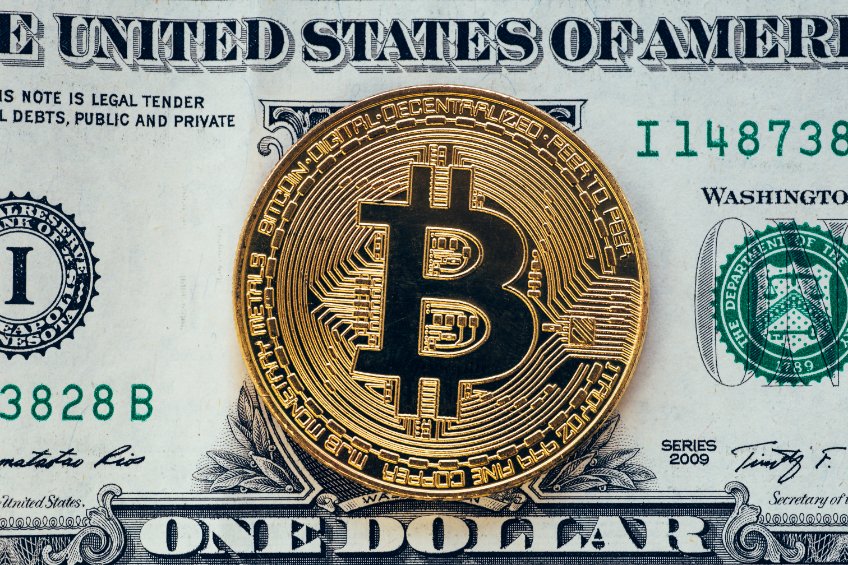[ad_1]

- Key US economic data is due this week
- An increase in the US greenback’s volatility should move the cryptocurrency market too
- The NFP report is the spotlight of the week
The ultimate week of July is forward of us, and cryptocurrency merchants may need to take into account what occurs with the US greenback. After all, Bitcoin’s consolidation round $30k in the previous few weeks introduced little or no exercise in the market.
Therefore, should the US greenback’s volatility rise in the week forward, Bitcoin’s volatility might rise too. Consequently, the complete cryptocurrency market will likely be extra lively if Bitcoin’s volatility rises.
So listed here are three occasions which may move the US greenback take into account subsequent week:
- ISM Manufacturing and Services PMI
- ADP Employment Change
- Non-Farm Payrolls
ISM Manufacturing and Services PMI
The PMI data is calculated month-to-month and interpreted in relation to the 50 degree. A print larger than 50 reveals an increasing sector, whereas one above 50 reveals an increasing sector.
The United States is a service-based economic system, so the companies sector tends to have extra weight for the US greenback. However, this week, the focus will likely be on the manufacturing data as a result of it is forecast to return out under the 50 degree. Any constructive surprises should see the US greenback bouncing greater.
ADP Employment Change
July’s ADP Employment Change or the personal payroll numbers will likely be launched on Wednesday. Market members take a look at the personal payrolls in anticipation of the all-important Non-Farm Payrolls report due two days later.
This week, the market expects the US economic system to have added 195k new jobs in July. Details matter as a result of the ADP and NFP numbers usually replicate the identical factor.
Non-Farm Payrolls
Because subsequent Friday is the first Friday of the new month, the NFP report for the month of July is due. The market expects the US economic system to have added 200k new jobs in July and the unemployment charge remained regular at 3.6%.
[ad_2]
Source link



